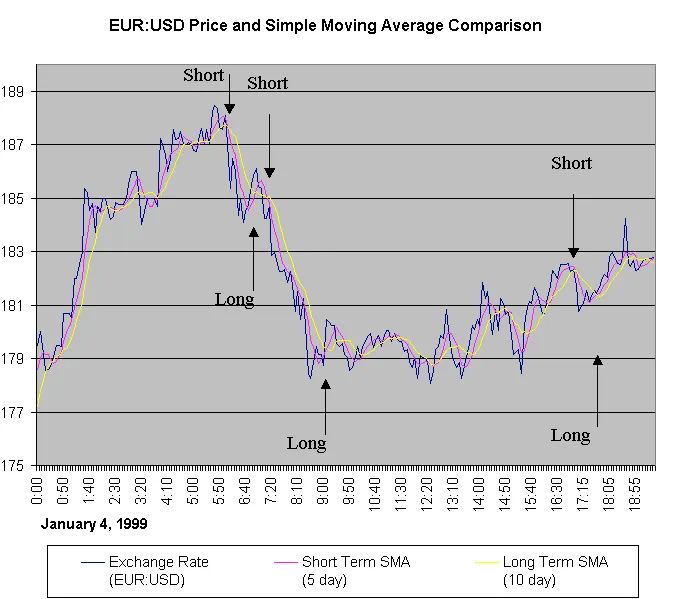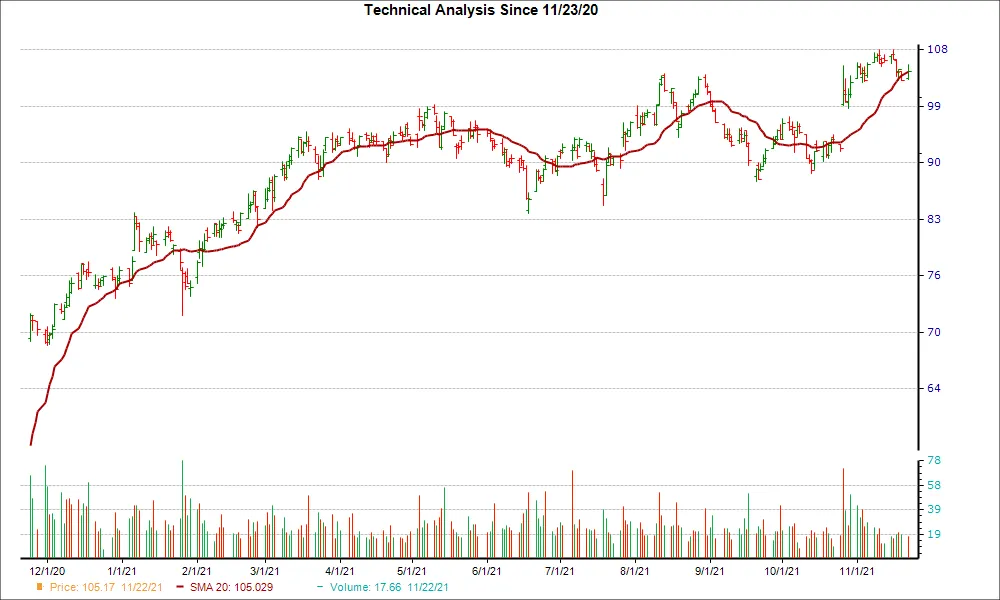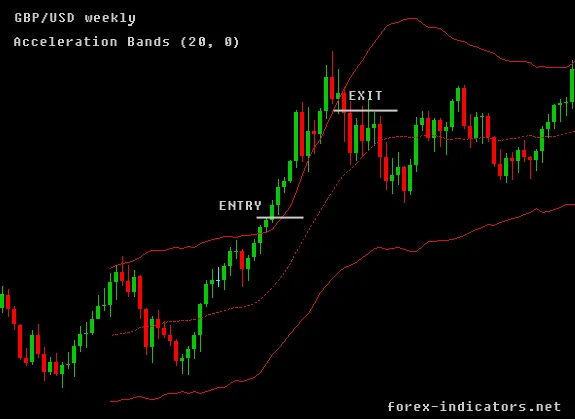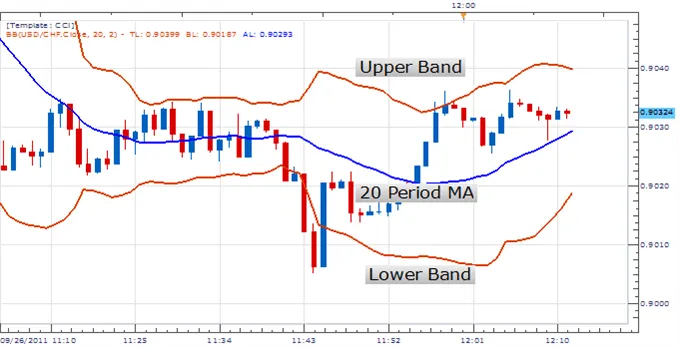Chaikin Oscillator Study
By Samantha Baltodano
TL;DR:
The Chaikin Oscillator is a technical indicator used to find directional trends in momentum. It is calculated as the difference between two EMAs of Accumulation/Distribution values: the fast and the slow one.
What Is the Chaikin Oscillator Study?
The Chaikin Oscillator is a technical indicator used for confirmation of price movement. It is calculated as the difference between two EMAs of Accumulation/Distribution values: the fast and the slow one. Specifically, it applies the MACD indicator to accumulation-distribution rather than closing prices.
The CMF oscillator is similar to the more widely used MACD indicator because it uses two different exponentially weighted moving averages (EMAs) to analyze momentum. MACD is generally calculated by subtracting the 26-period EMA from the 12-period EMA.
The purpose of the Chaikin oscillator is to identify underlying momentum during fluctuations in accumulation and distribution.
How This Indicator Works
When the market is trending, i.e. the price keeps reaching new highs or lows, the Chaikin Oscillator can confirm the trend reaching new highs or lows as well. If, however, it shows divergence from the price values, trend reversal might be expected.
For example, a trader wants to determine whether a stock price is more likely to go up or to fall and MACD is trending higher. The Chaikin oscillator generates a bullish divergence when it crosses above a baseline. The baseline is called the accumulation-distribution line. A cross above that line indicates that traders are accumulating, which is typically bullish.
Trade Signals
The Chaikin oscillator utilizes two primary buy and sell signals.
First, a positive divergence is confirmed with a center-line crossover above the accumulation-distribution line, signaling a potential buying opportunity.
Second, a negative divergence is confirmed with a center-line crossover below the accumulation-distribution line, signaling a potential selling opportunity.
A positive divergence signals a stock price is likely to rise, given the increase in accumulation. A negative divergence signals a stock price is likely to fall, given the increase in distribution.
Formula
The formula is as follows:
N = (Close - Low) - (High - Close) / High - Low
M = N * Volume(Period)
ADL = M(Period - 1) + M(Period)
CO = (3 day EMA of ADL) - (10 day EMA of ADL)
where:
N = Money flow multiplier (this is the same calculation as the accumulation/distribution strategy)
M = Money flow volume
ADL = Accumulation Distribution Line
CO = Chaikin oscillator
Calculation
Calculate the accumulation-distribution line (ADL) in three steps. The fourth step yields the Chaikin Oscillator.
- Calculate the Money Flow Multiplier (N).
- Multiply the Money Flow Multiplier (N) by volume to calculate Money Flow Volume (N).
- List a running total of N to draw the accumulation-distribution line (ADL).
- Compute the difference between 10-period and three-period exponential moving averages to calculate the Chaikin oscillator.
What Does the Indicator Tell You?
The Chaikin oscillator is a tool for technical analysts more than for fundamental analysts, who study a company’s business performance to gather information about the future direction of its stock price.
Fundamental analysts believe that the skill needed to forecast the market is about being the most informed.
Technical analysts believe that all known information is already priced into stocks and that patterns in the ups and downs of equity prices can better predict the market’s movements.
Technical analysts use the Chaikin oscillator to find directional trends in momentum.
To appreciate how an oscillator is utilized, imagine that you’re at an auction. On one side of the room are accumulators or buyers. On the other side of the room are the distributors or sellers. When there are more sellers in the room than buyers, the price of the item being auctioned declines. Likewise, when buyers are in the majority, the item’s price tends to increase.
Technical analysts believe the balance of this relationship is what drives the financial markets. They measure this balance between buyers and sellers with multiple indicators, including accumulation-distribution indicators like the Chaikin oscillator.
Summary
- The Chaikin Indicator applies MACD to the accumulation-distribution line rather than to the closing price.
- It is an oscillator technical indicator for spotting trends and reversals.
- A cross above the accumulation-distribution line indicates that market players are accumulating shares, securities, or contracts, which is typically bullish.
Chaikin Oscillator is just one of many studies that Archaide automates. For a full list of strategies and studies available click here.
Like what you read? Check out the rest of our content!




